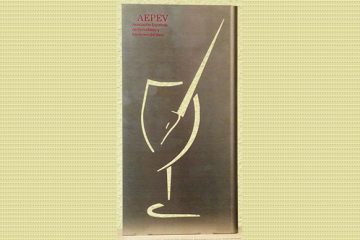If you’re reading this, you’re a winelover. And it is for that reason that we are sure that you already know when a wine likes it or not.
But we have to remember that the flavors that we really distinguish are very few:
- Sweet: we find it on the tip of the tongue
- Acid: on the sides of the tongue
- Salty: on the sides of the tip of the tongue
- Bitter: at the end of the tongue
Lately we talk of a fifth taste: Umami, which is the feeling of pleasure that “forces” you to repeat, like eating a good freshly ham cut by hand, you will not stop!
In the end, as you see, at most we have five flavors to determine if something, in this case a wine, we like. That is why in the wine world, we almost always prefer to talk about the aromas of wine.
The aromas in the wine
The aromas are more determinant and complex than the taste when evaluating a wine. There is a robot in Japan that distinguishes more than 500 aromas in a wine. Sayonara Baby! The human being obviously has much less ability to define the aromas of a wine, and we could consider that if the best wine experts in the world can distinguish 30 different aromas, that is a lot.
Do the test! Think of the last good wine you have taken. How many aromas come to mind that memory? Maybe less than 5 …
The different families of aromas
We can talk about different families of aromas: fruity, floral, vegetable, spicy, balsamic, etc.
All have their meaning and come from something concrete: the grape variety, the barrel, the aging in bottle, the land where the vineyard has been cultivated, type of winemaking, etc.
By way of summary we can indicate that the aromas are included in:
- Primary aromas:
As its name indicates, are the “first” aromas that we find in a wine: floral, vegetable, fruit, mineral and spices. These aromas are contributed by the grape variety used, the vineyard (area and composition), and the climatology.
- Secondary aromas:
Due to the type of winemaking (alcoholic and malolactic fermentation), we find here lactic, amylic or fermentation aromas.
- Tertiary aromas:
The last aromas that we find in a wine are those that are due to the aging in the barrel and its subsequent aging in the bottle. They bring complexity and finesse, and can make the difference between a good wine and an exceptional wine. Here we have balsamic, wood, empireumatic and fruit aromas.
In short, to value a wine well, we want the aromas to be pleasant, of a medium-high intensity and, above all, that invite us to smell and take a sip. If we repeat, then it is good!
Wine Tasting – StateofIsrael


